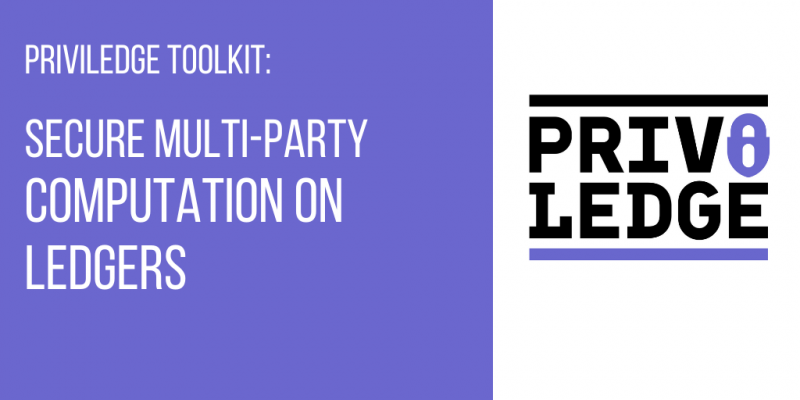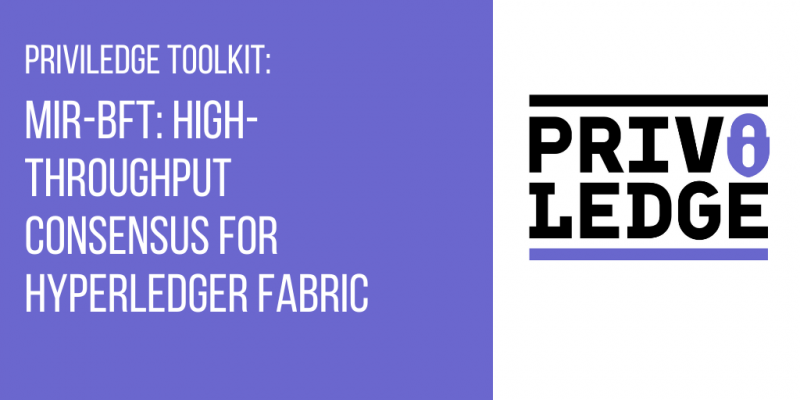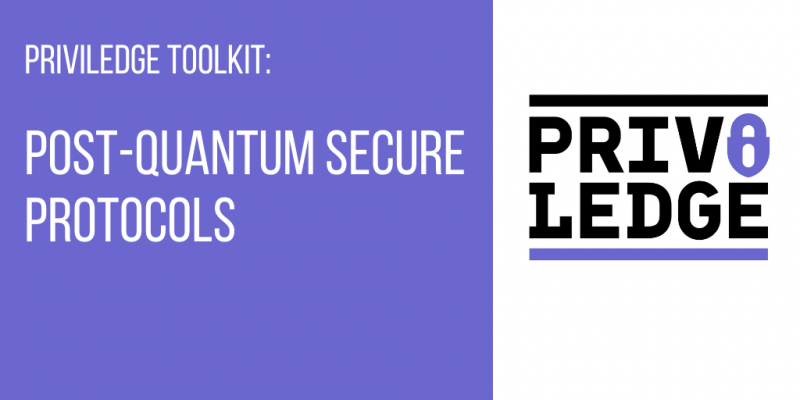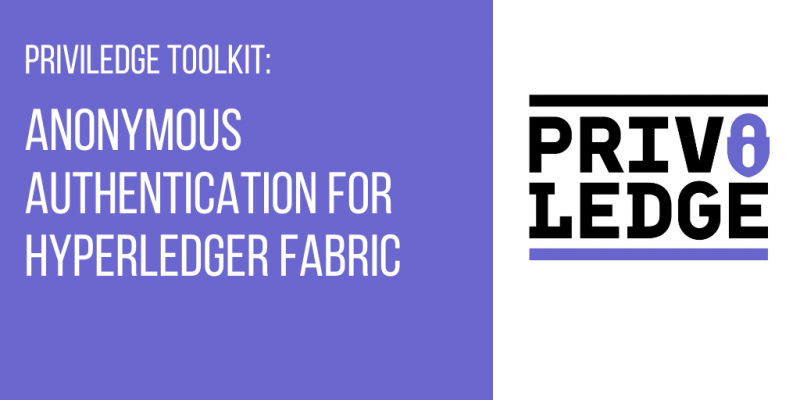
PRIViLEDGE
Privacy-Enhancing Cryptography in Distributed Ledgers
Sven Lillepalu
Liis Livin
01 January 2018
31 December 2020
EC funded project
Introduction:
PRIViLEDGE realises cryptographic protocols supporting privacy, anonymity, and efficient decentralised consensus for DLTs. In PRIViLEDGE, several European key players in cryptographic research and from the fintech and blockchain domains unite to push the limits of cryptographic protocols for privacy and security. Results from PRIViLEDGE are demonstrated through four ledger-based solutions:
1. verifiable online voting;
2. contract validation and execution for insurance;
3. university diploma record ledger;
4. update mechanism for stake-based ledgers.
The selected use cases are diverse and represent the principal application domains of DLT; this ensures wide reach and impact of the techniques developed in PRIViLEDGE beyond the immediate scope of the project.
Who is the project designed for?
Public Sector Organizations, IT SMEs, Researchers, Security Software Industry, End User Organizations, Policy & Regulators, ICT Sectors, Academia.
How will your project benefit the end-user?
1. To provide efficient privacy-enhancing cryptography (PEC) for enabling the execution of smart contracts on blockchains such that the privacy of users and the privacy of data is respected.
2. To develop and demonstrate cryptographic tools that aim at anonymity, transparency, and security and maintain a balance between these goals, for practical deployments of DLT and blockchains.
3. To construct efficient cryptographic blockchain consensus protocols that rely on advances in cryptography, satisfying the contradicting demands of verifiability, transparency, and stake-based governance.
4. To provide effective exploitation of the PRIViLEDGE cryptography in real operational environments, for enabling privacy in distributed ledgers.
Category:
- Secure systems and technology
Vertical Category:
- Engineering & manufacturing
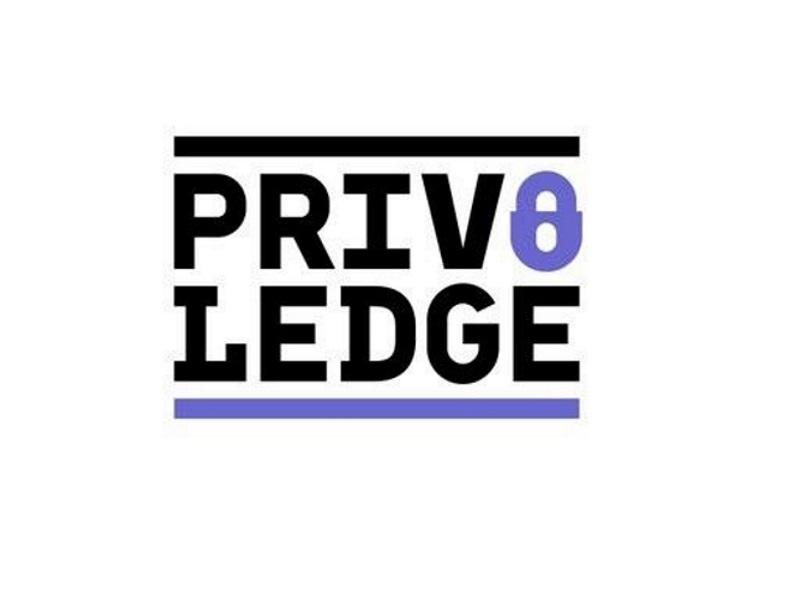
News
On the event of the adoption of the draft regulation laying down measures for a high common level of cybersecurity at the institutions, bodies, offices and agencies of the Union, the AI4HealthSec project kicked off a process to provide its opinion.
Deliverables
Video
Products
Are you looking for new Cybersecurity or Privacy services?
Find the right solution for your security needs!
Toolkit for Privacy-Preserving Data Storage on Ledgers
This toolkit is meant for data storage is a ledger-oriented solution for bridging data re-siding on a blockchain with those stored in an off-chain database. It is responsible for coordinating interaction between the backend ledger, storage, and the cryptographic library of an API service.
Toolkit for Zero-knowledge Proofs for Ledgers
This toolkit, with the nickname SNARKY, is a Rust implementation of the Snarky Ceremonies protocol over the BLS12- 381 elliptic curve. It is the first experimental version of a production-grade library for running the protocol in real-life applications.
Toolkit for Secure Multi-Party Computation on Ledgers
This toolkit allows libraries for two/multi-party computation to use a ledger as a communication channel instead of point-to-point connections. The toolkit consists of two parts: 1) the first module generically allows libraries from two/multi-party computation to use a ledger as a communication
Toolkit for Mir-BFT: High-throughput Consensus for Hyperledger Fabric
This toolkit introduces an efficient consensus algorithm to Hyperledger Fabric to accommodate high-throughput applications.
This toolkit was produced by IBM and is available here.
Toolkit for Post-Quantum Secure Protocols
This enables authentication and integrity protection based on hash functions which are believed to be resilient against quantum attacks. Hash function based time-stamping can also indemnify transactions authenticated with current technology against future quantum attacks.
Toolikit for Anonymous Authentication for Hyperledger Fabric
This toolkit allows users to anonymously authenticate their Hyperledger Fabric transactions while supporting revocation and audit functionalities.
Resources for EU Research
Resources for SMEs
News & Events
Reports
Cyberwatching.eu has received funding from the European Union’s Horizon 2020 research and innovation programme under grant agreement No 740129. The content of this website does not represent the opinion of the European Commission, and the European Commission is not responsible for any use that might be made of such content. Privacy Policy | Disclaimer / Terms and Conditions of Use



